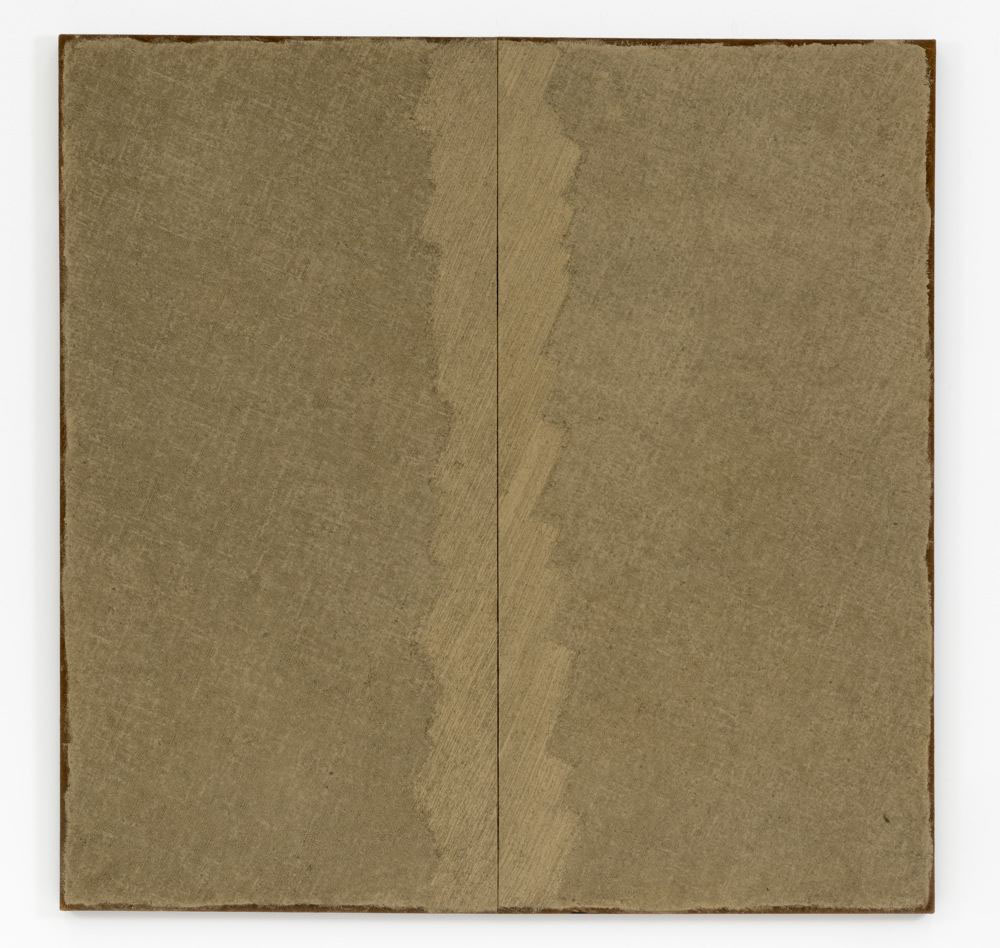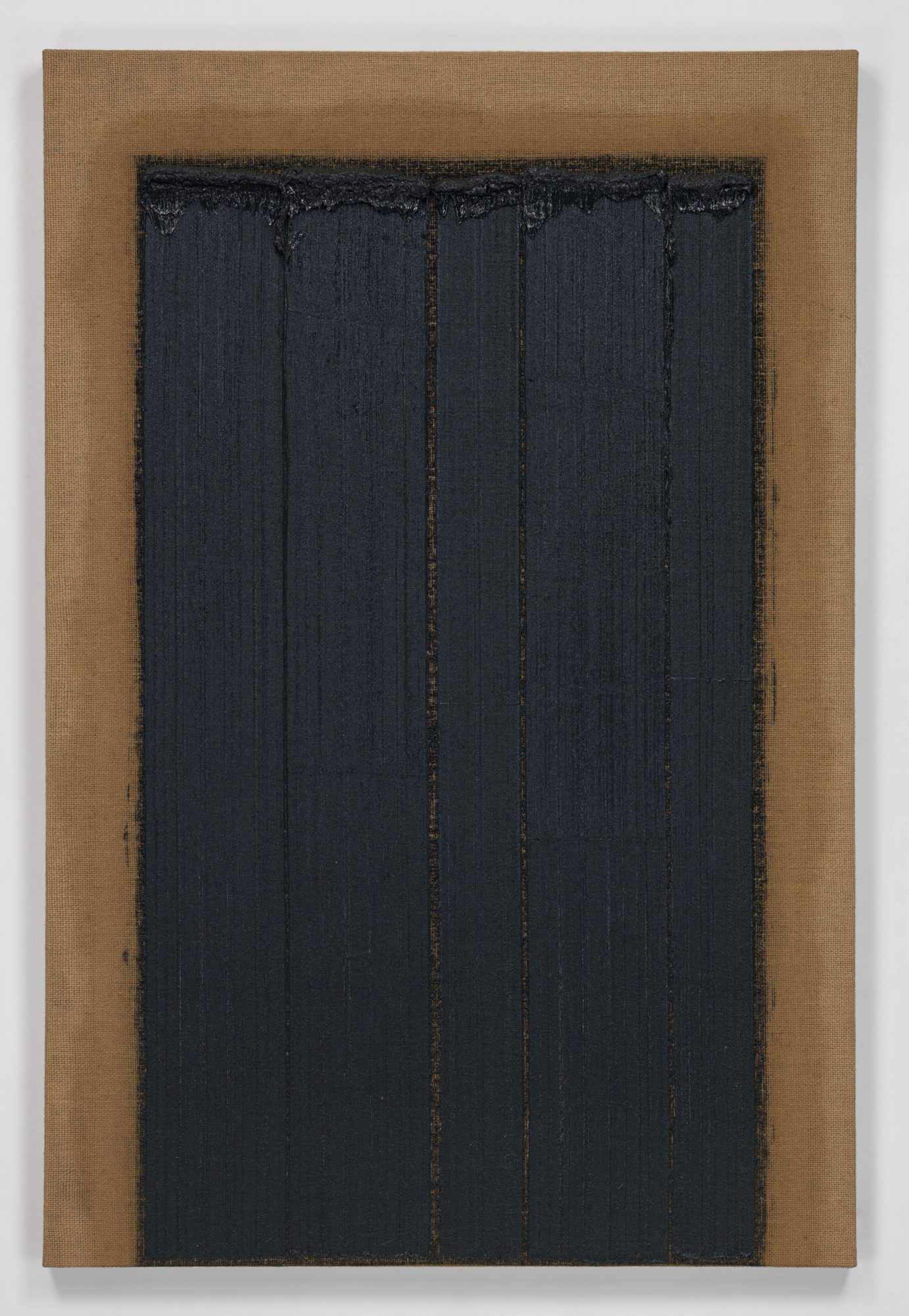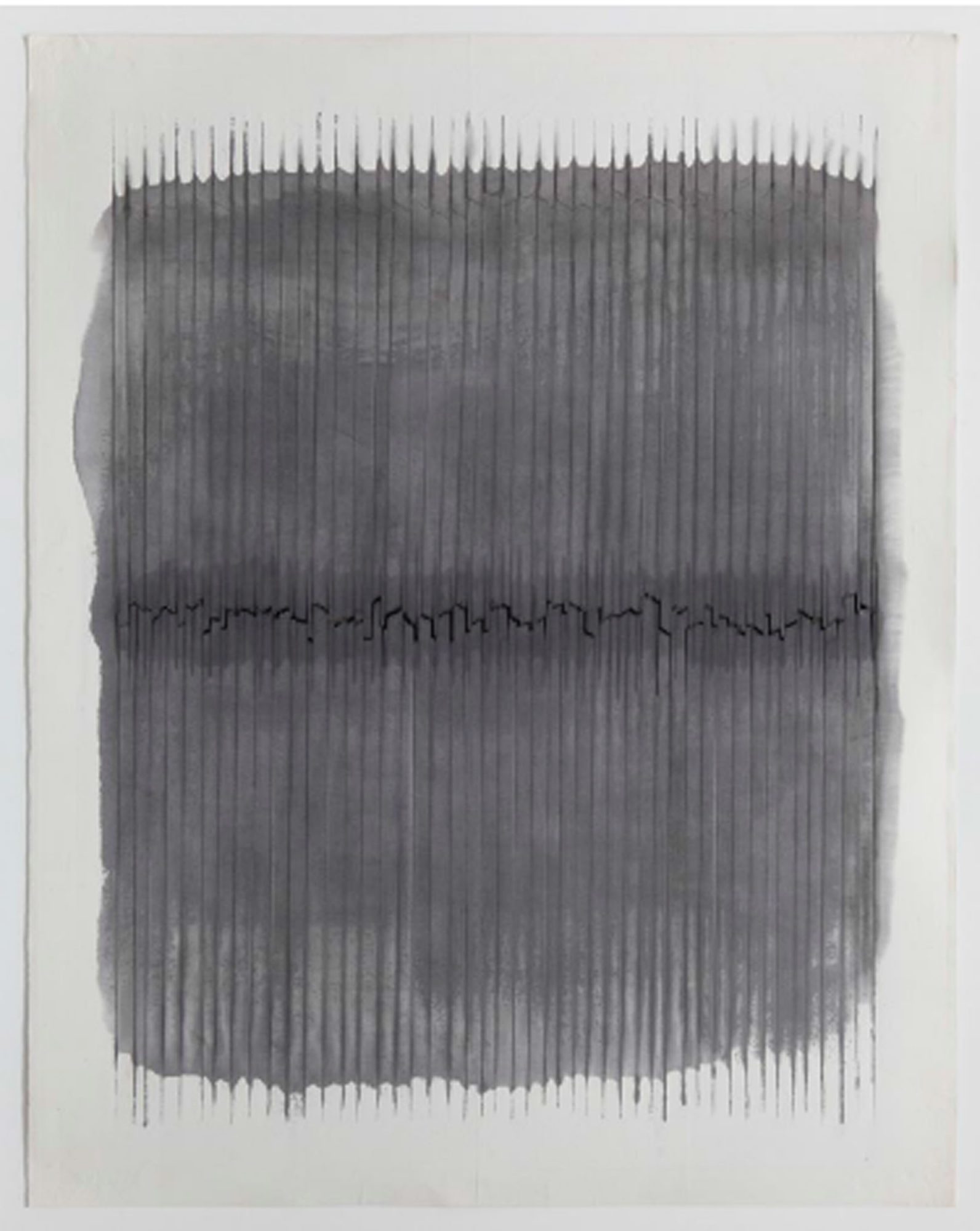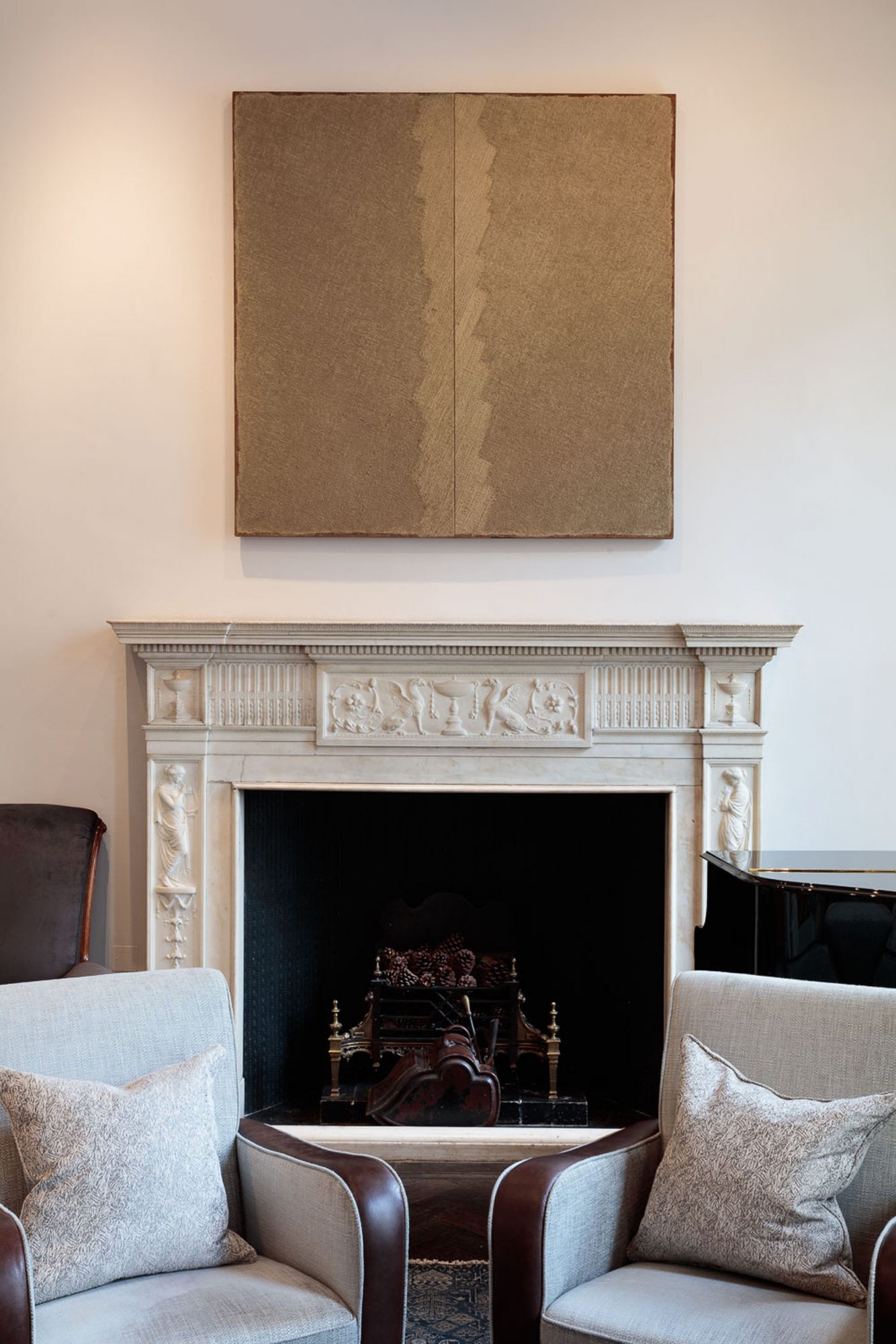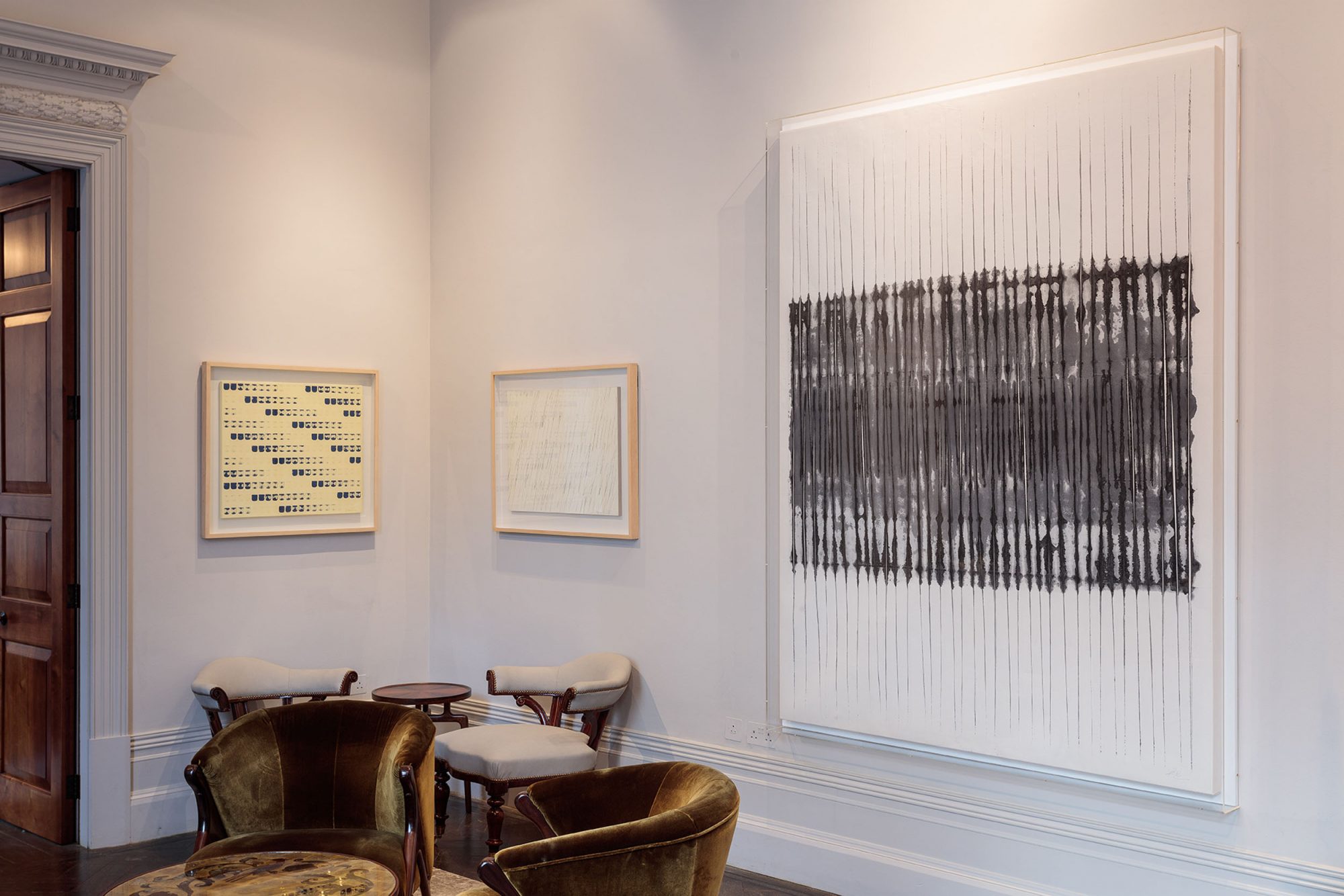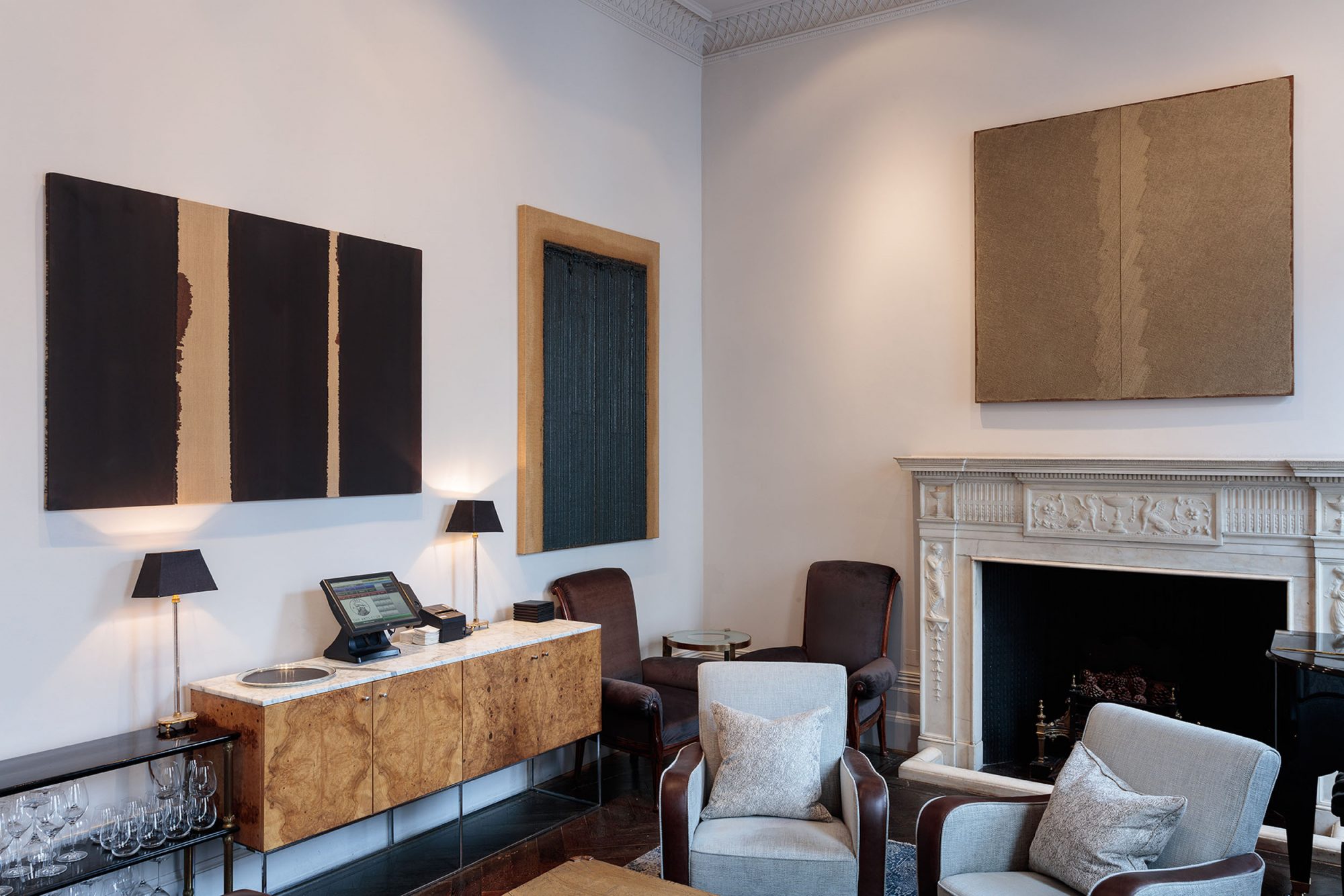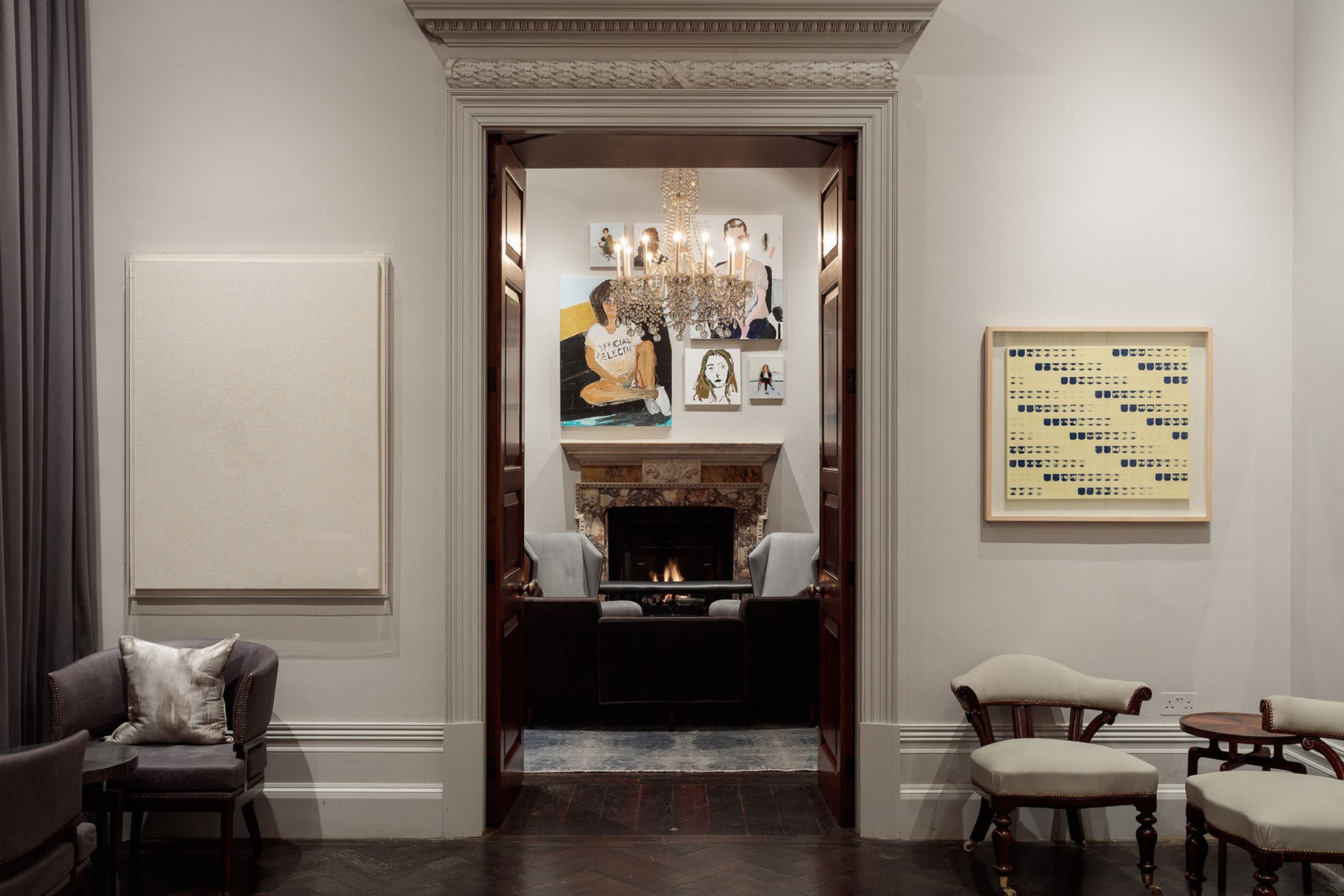Dansaekhwa: Minimal Korean Art of the 1970s
— The Arts Club, London
Installation View: Dansaekhwa: Group Exhibition, The Arts Club
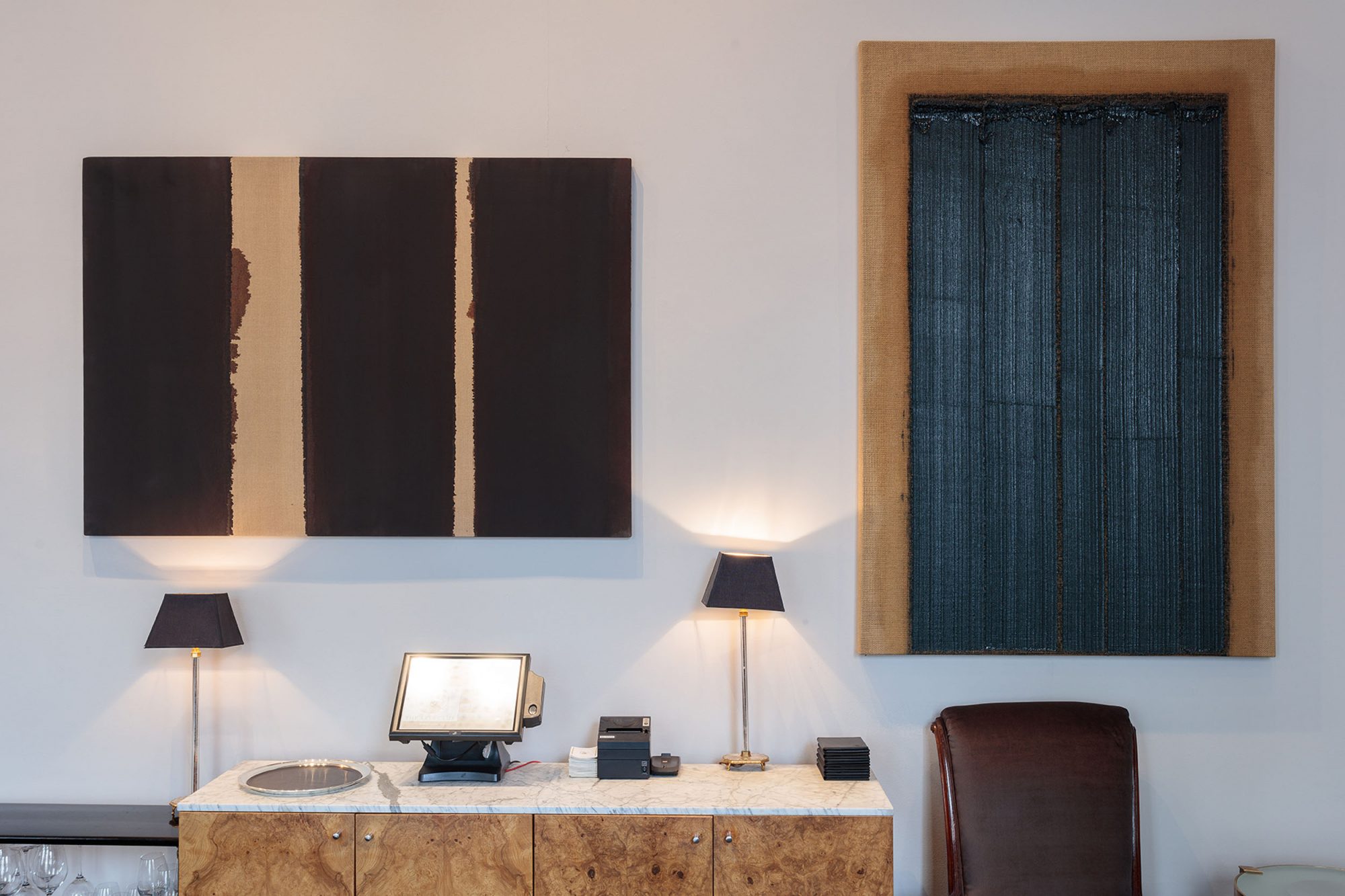
Tap to view slideshow
Dansaekhwa: Minimal Korean Art of the 1970s is an exhibition focusing on the masters of one of the late 20th century’s most compelling art movements. Translated as ‘Monochrome’, Dansaekhwa refers to a radical style of minimal painting that emerged in South Korea in the 1970s, characterized by reductive, meditative compositions and a neutral colour palette. Works by masters Chung Sang-Hwa, Ha Chong-Hyun, Kwon Young-Woo, Yun Hyong-Keun, Lee Ufan and Park Seo-Bo will be on display.
With a strong aesthetic ideal focused on the unity between artist and nature, each artist of the radical Dansaekhwa movement forged a new and refined approach to repetition and mark making.
Early practitioners of the movement were considered particularly groundbreaking for the use of non-traditional materials not commonly associated with art. Ha Chong-Hyan (b.1935) incorporates fishing nets, newspaper and burlap sacks into his work. Pushing paint through the fabric of the sacks, and dragging paint along its surface with various materials, he subverts the traditional application of oil to canvas and control associated with brushwork.
The works of Chung Sang-Hwa (b.1932), Kwon Young-Woo (1926-2013) Yun Hyong-Keun (1928-2007) employ laborious and meditative working methods to invoke a feeling of calm in the viewer. Chung folds a primed canvas to allow fragments of zinc paint to flake or be removed from the surface. He then carefully applies the resultant negative space with acrylic paint resulting in subtle, near-imperceptible gradations in tone. Kwonbuilds up thin layers of traditional Korean paper, tearing, scratching, and dousing the surfaces with ink, in an endeavor to create a sense of pure harmony between the two materials. In his later works, Yun worked with just two colours in oil on canvas, ultramarine and burnt umber symbolising earth and air. Yun pours and paints the two colours in a reductive manner creating layers that in most cases makes the colour undiscernible.
One of the fundamental concepts of Dansaekhwa is the idea of the artist as conduit of his energy or consciousness into an artwork, and this can be manifested in references to language. Lee Ufan (b.1936) engages a philosophical approach through the use of repetition in his work, exploring themes of gesture and mark-making. His repeated lines and dashes reference the profound discipline of traditional calligraphy; Park Seo-Bo (b.1931) employs simple but dramatic gestures that allude to a rudimentary and unknown linguistic system.
The Arts Club curators bring together a selection of rare master works from this art movement following an extraordinary surge in recognition in these underappreciated artists among art world audiences. The exhibition coincides with a solo exhibition of Park Seo-Bo at White Cube in January 2016.
The exhibition is curated by Amelie von Wedel and Pernilla Holmes from Wedel Art.
